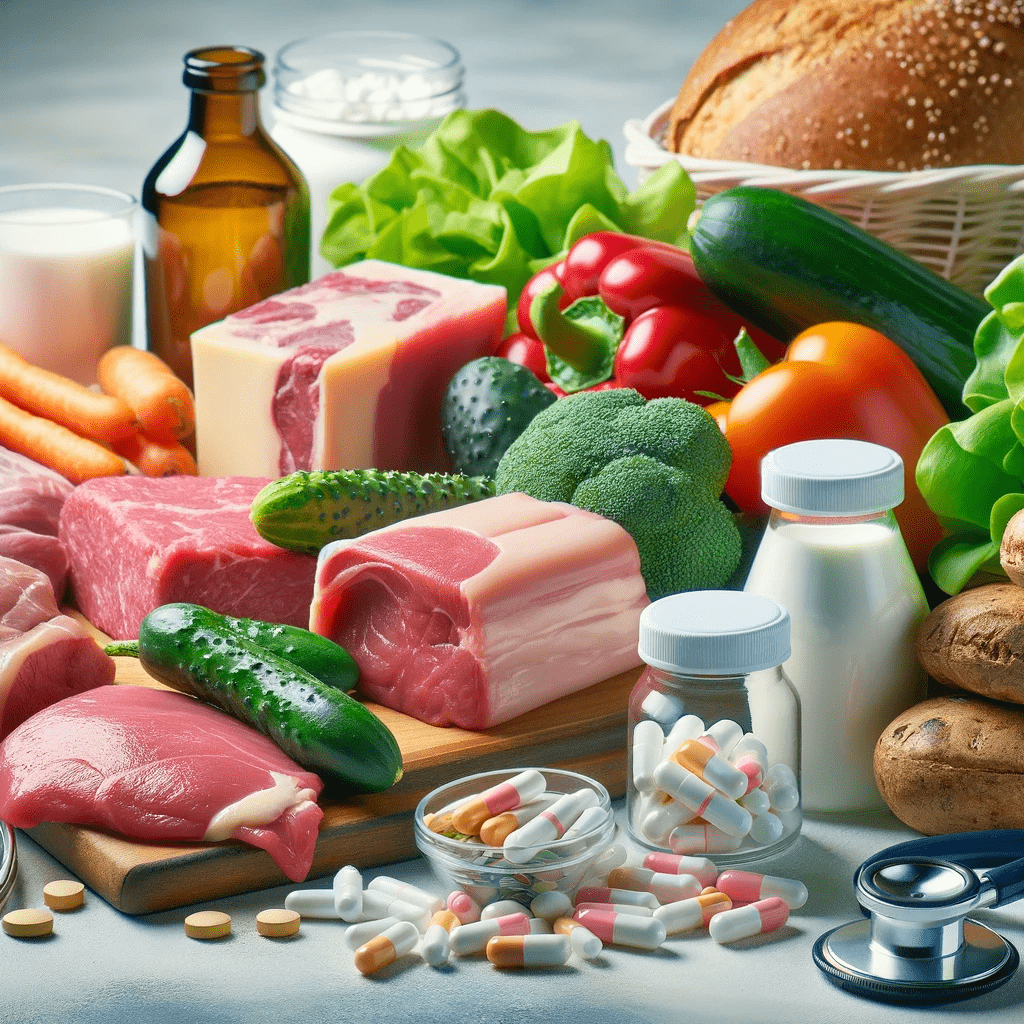In today’s fast-paced world, the food we consume is not just a source of nourishment but can also be a source of risk. The presence of antibiotics and drugs in food has become a growing concern, with far-reaching implications for public health. This article aims to shed light on the dangers of such substances in our food supply and offers guidance on how to navigate this complex issue.
The Prevalence of Antibiotics and Drugs in Food

Antibiotics are widely used in animal agriculture to prevent disease and promote growth. However, this practice has significant consequences. The Centers for Disease Control and Prevention (CDC) reports that the overuse of antibiotics in livestock can lead to antibiotic-resistant bacteria, a serious threat to human health. Similarly, the presence of drugs, such as hormones and steroids, used to enhance animal growth, raises concerns about their impact on human health when these animal products are consumed.
Health Risks and Concerns
Consuming foods containing antibiotic residues can lead to antibiotic resistance in humans. This means that common antibiotics may become ineffective in treating bacterial infections. The World Health Organization (WHO) has identified antibiotic resistance as one of the biggest threats to global health, food security, and development today.
Additionally, consuming meat products with drug residues, such as hormones, can disrupt human hormonal balance. This disruption has been linked to various health issues, including reproductive problems and increased risk of certain cancers.
How to Avoid These Hidden Dangers
- Choose Organic: Opt for organic meat and dairy products. Organic standards prohibit the use of antibiotics and most synthetic drugs in animal farming.
- Read Labels Carefully: Look for labels like “raised without antibiotics” or “no added hormones.”
- Support Local Farms: Purchase from local farmers who practice sustainable farming without relying on antibiotics or growth hormones.
- Cook Meat Thoroughly: Proper cooking can reduce the risk of consuming harmful bacteria resistant to antibiotics.
Conclusion
The presence of antibiotics and drugs in our food is a public health issue that requires attention and action from both consumers and policymakers. By making informed choices and advocating for better food safety regulations, we can help mitigate these risks and promote a healthier, safer food system.

